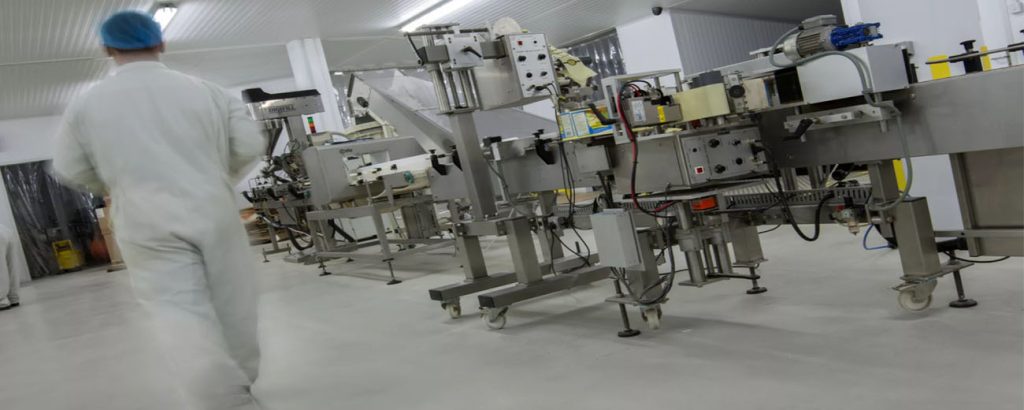- +49 (160) 95 36 60 33
- 08:00 - 17:00
- info@sapphirepetroleum.com
- Select Language
At Sapphire Petroleum Company, we are pleased to offer Polypropylene (PP), one of the most versatile and widely used thermoplastic polymers in the world.

3. Impact Copolymer Polypropylene (PP-B)
• Applications:
• High-impact products like automotive parts.
• Heavy-duty packaging containers.
• Industrial and outdoor applications.
• Features:
• Superior toughness and impact resistance.
• High durability at low temperatures.
4. High Melt Flow Polypropylene
• Applications:
• Thin-walled injection molding.
• Disposable syringes and medical applications.
• Textile fibers and nonwoven fabrics.
• Features:
• Improved flowability for precise molding.
• Suitable for high-speed production.
5. Filled Polypropylene
• Applications:
• Reinforced automotive components.
• Structural parts in appliances.
• Industrial equipment.
• Grades:
• Glass-Filled PP: High rigidity and heat resistance.
• Talc-Filled PP: Enhanced dimensional stability.
6. Expanded Polypropylene (EPP)
• Applications:
• Protective packaging for electronics.
• Automotive safety components (bumpers, side panels).
• Lightweight insulation products.
• Features:
• Lightweight with excellent cushioning properties.
• Superior thermal and impact resistance.
7. Flame Retardant Polypropylene
• Applications:
• Electrical enclosures and appliances.
• Safety equipment in high-risk environments.
• Features:
• Flame retardancy for compliance with safety standards.
1. Homopolymer Polypropylene (PP-H)
• Applications:
• Rigid packaging containers.
• Automotive parts (dashboards, bumpers).
• Pipes and fittings for plumbing.
• Features:
• High stiffness and strength.
• Excellent chemical resistance.
2. Random Copolymer Polypropylene (PP-R)
• Applications:
• Transparent packaging (food containers, medical products).
• Lightweight applications.
• Pipes for hot and cold water systems.
• Features:
• Improved clarity and flexibility.
• Excellent thermal resistance.
…
Polypropylene is a versatile thermoplastic polymer produced through the polymerization of propylene gas using catalysts like Ziegler-Natta or metallocenes. First introduced in the 1950s, it has become one of the most widely used plastics globally due to its affordability and adaptability.
Polypropylene is used in a variety of industries, including packaging, automotive, textiles, construction, and healthcare, owing to its excellent chemical resistance, mechanical strength, and lightweight properties.
Chemical Structure:
Polypropylene is a semi-crystalline polymer composed of repeating units of propylene (C₃H₆). Its molecular structure can be tailored to create isotactic, syndiotactic, or atactic configurations, affecting its physical properties.
Key Characteristics:
Economic Impact:
Polypropylene drives economic growth by enabling cost-effective solutions for a wide range of applications, from consumer goods to industrial components.
Industrial Applications:
Environmental Impact:
As a petroleum-based plastic, polypropylene contributes to plastic pollution and has a significant carbon footprint during production. Its non-biodegradability poses long-term environmental challenges.
Sustainability Efforts:
Innovations in Polypropylene:
Advancements in catalyst technology and processing techniques are enabling the production of high-performance PP grades with enhanced durability, transparency, and environmental efficiency.
Role in Emerging Applications:
Polypropylene is gaining importance in smart packaging, renewable energy systems, and 3D printing, ensuring its relevance in sustainable and advanced industries.
Polypropylene (PP) is a thermoplastic polymer made through the polymerization of propylene monomers. It is known for its versatility, chemical resistance, and lightweight properties. Key parameters in its analysis include:
Standards like ASTM D4101, ISO 1873, and ISO 178 are commonly used to analyze and certify polypropylene.
Polypropylene is produced globally, especially in regions with strong petrochemical industries. Major producers include:
Polypropylene is classified into various grades and types based on its polymer structure and intended application:
Polypropylene is widely used across industries due to its adaptability:

SAPPHIRE PETROLEUM COMPANY
© 2024 All Rights Reserved | Powered by Netologist
Reviews
There are no reviews yet.